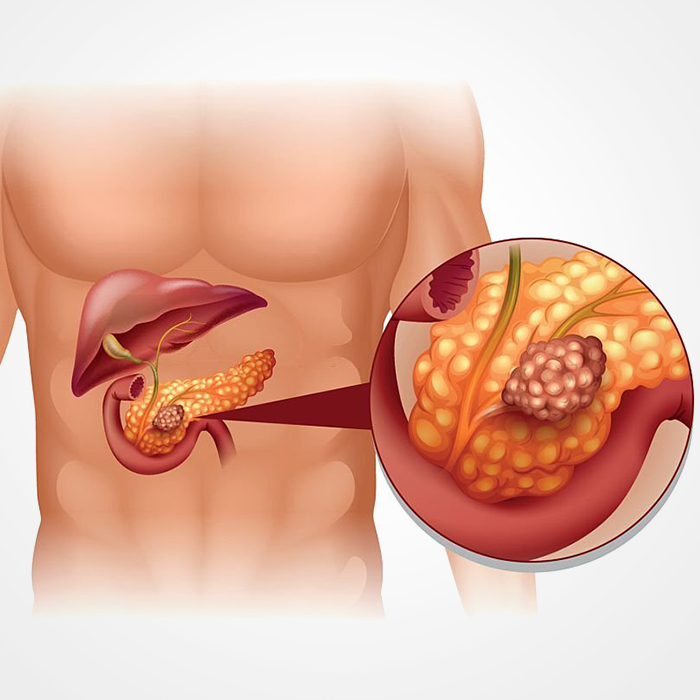
A tried-and-tested treatment for inoperable pancreatic cancer.
The treatment of pancreatic cancer has advanced in recent years, particularly for the 80% or more of patients for whom surgery is not the best option. The CyberKnife S7 System provides those living with pancreatic cancer with a proven, non-surgical option that delivers a unique type of treatment known as stereotactic body radiation therapy (SBRT) with high robotic precision — effectively treating the cancer while potentially lowering the risk of certain side effects (such as gastric obstruction). As a result, the CyberKnife S7 System is an effective treatment option for locally advanced, medically inoperable pancreatic cancers, as well as in combination with surgery, chemotherapy, and other therapies.
Unrivaled precision — where it counts the most.
The pancreas is an organ in the abdomen that is surrounded by other sensitive organs that move in response to the patient's breathing. As a result, treatments designed to control cancer or manage cancer-related pain run the risk of causing unfavourable side effects if not administered precisely. The CyberKnifeS7 System, the first and only robotic radiotherapy system, can deliver radiation beams to the pancreatic tumour with sub-millimeter precision and accuracy as it moves with normal patient breathing or other anatomical shifts. The CyberKnifeS7 System employs the world's only real-time motion synchronisation technology to continuously track the target and automatically adjust the position of the radiation beam in response to tumour movement to ensure that the beam remains precisely focused.
This unrivalled precision enables clinical teams to aggressively treat pancreatic cancer, improving clinical outcomes while potentially lowering the risk of certain side effects that may impact patients' quality of life.
Key CyberKnife S7 treatment advantages
Radiation therapy is non-invasive and non-surgical.
Clinical evidence of effective cancer management
Common side effects, such as gastric or duodenal obstruction, can be significantly reduced.
Treatments are typically completed in as few as five sessions.
During treatment, most patients can resume normal activities.
Typically, no interruption of chemotherapy cycles is required.
Can be combined with surgery, chemotherapy, and other treatments.
